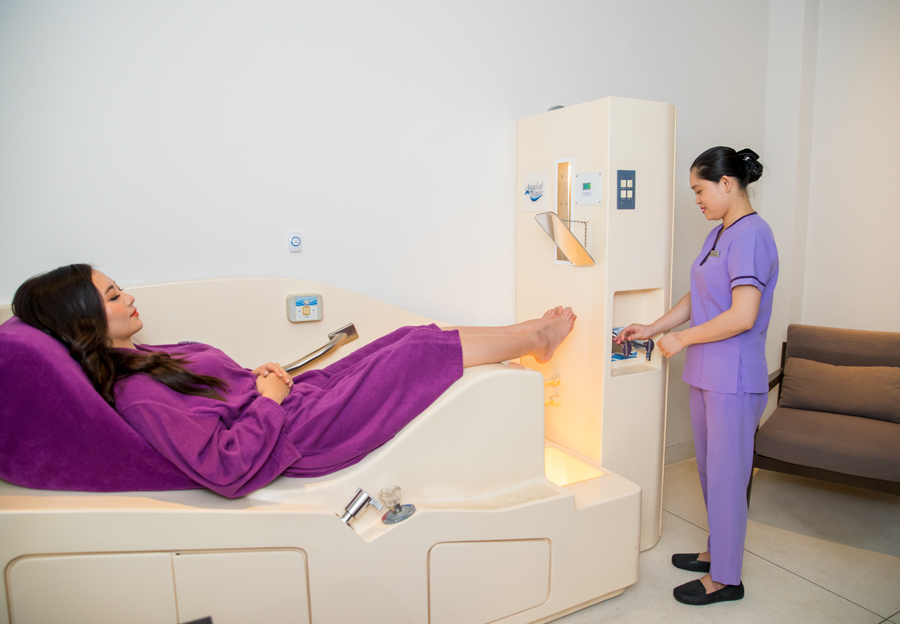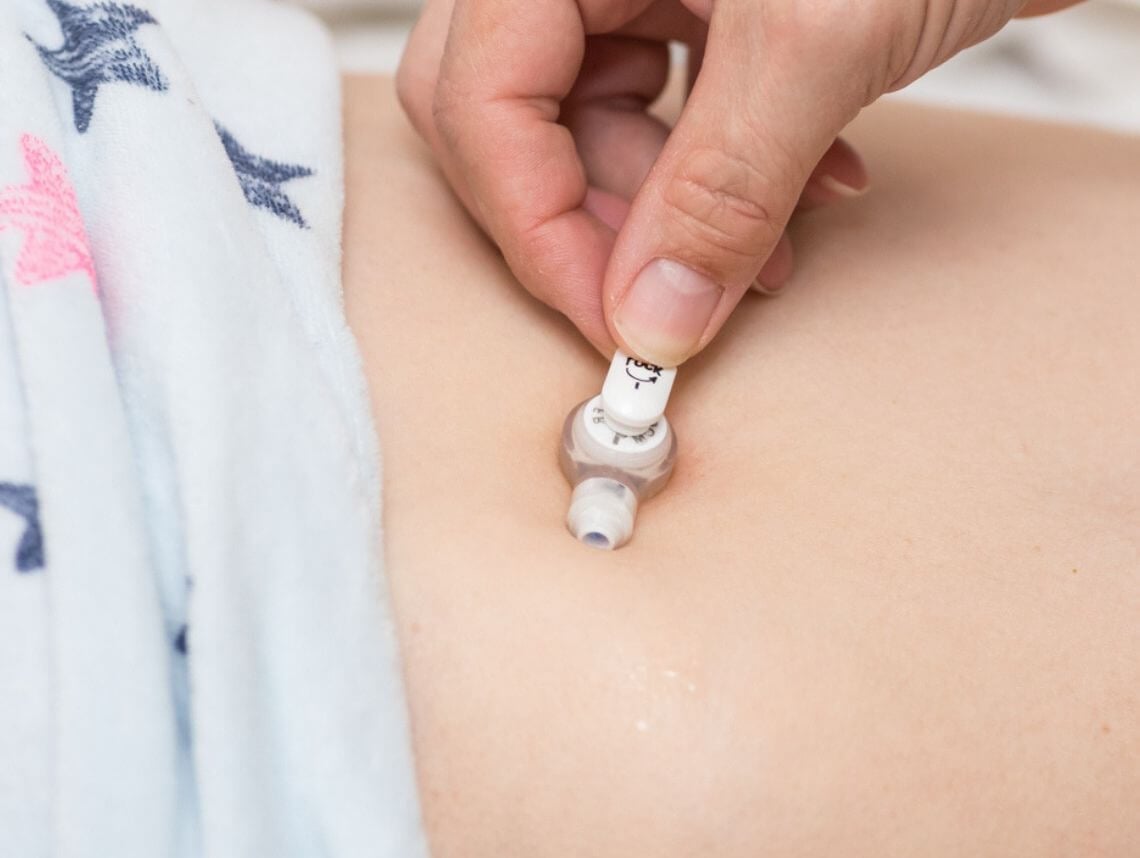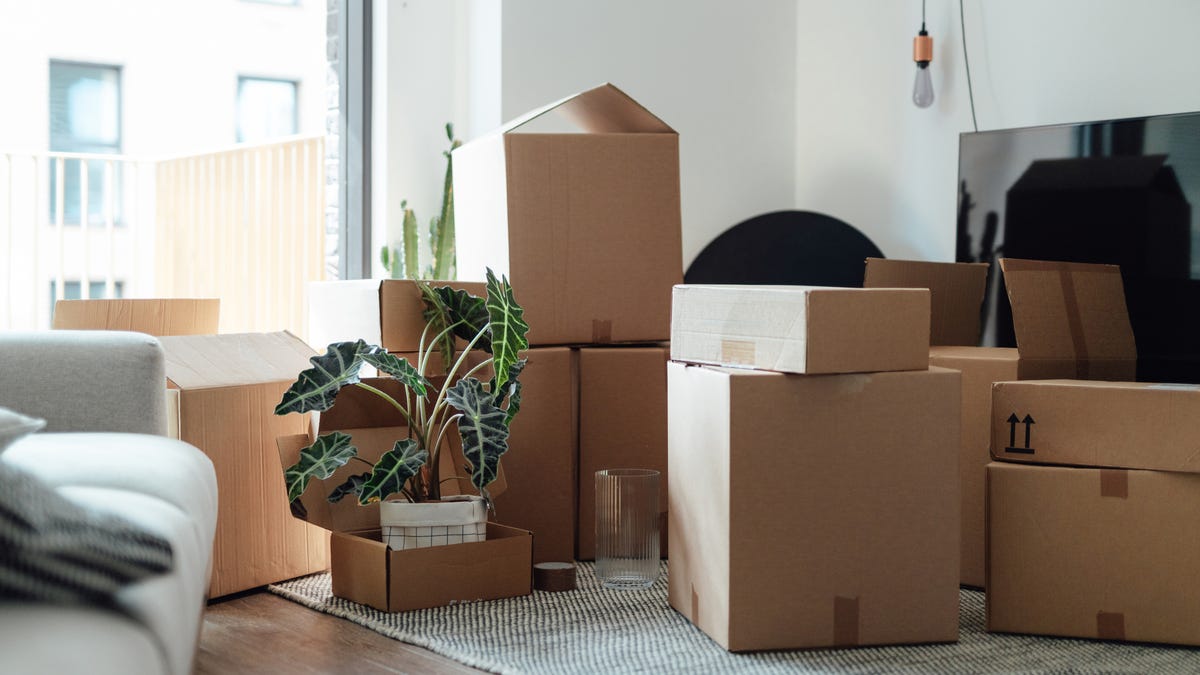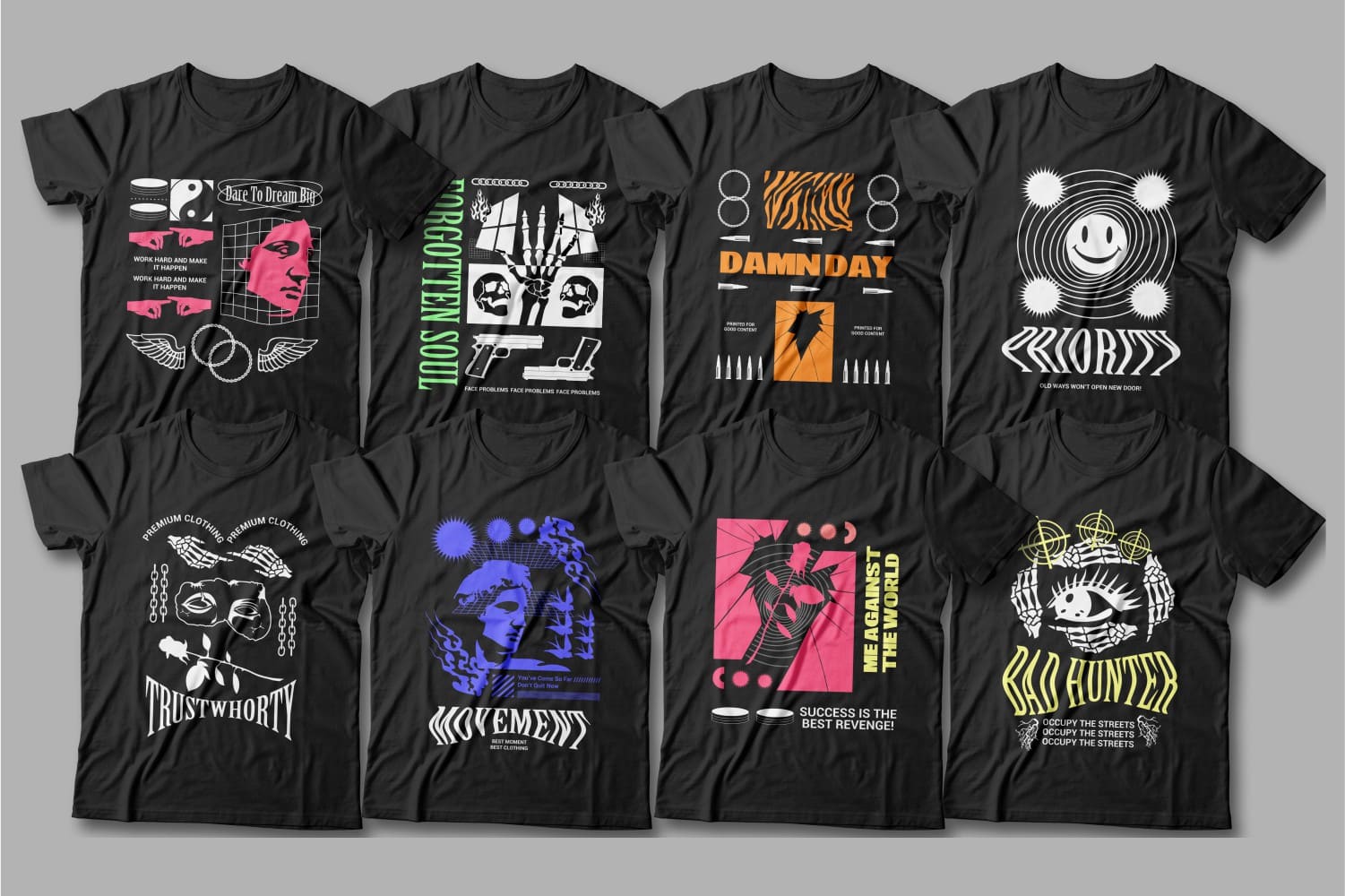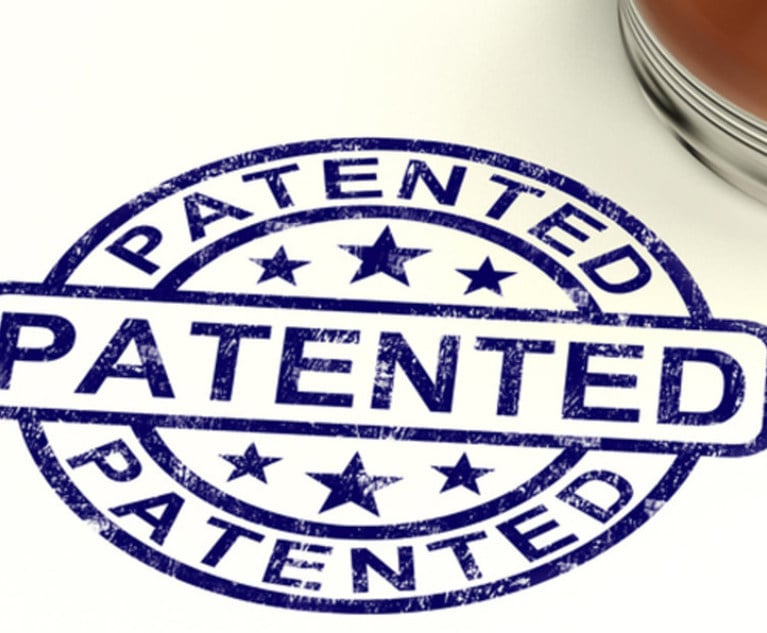
As an inventor, protecting your intellectual property is crucial. Filing for a provisional patent is an essential step in safeguarding your inventions and innovations. By securing a provisional patent, you establish a priority date for your invention, giving you the time to further develop your idea and explore its market potential. This article will guide you through the process of filing a provisional patent and explain why it is the key to ensuring your inventions are protected.
What is a Provisional Patent?
A provisional patent application is a temporary, quick, and cost-effective way to establish your invention's filing date with the United States Patent and Trademark Office (USPTO). It provides you with a one-year window to file a non-provisional patent application while protecting your invention in the interim.
Key points about provisional patents:
- Provides a priority date for your invention
- Cost-effective way to start the patenting process
- Does not require formal patent claims
- Offers "patent pending" status
Advantages of Filing a Provisional Patent
There are several advantages to filing a provisional patent application before pursuing a non-provisional patent:
Some of the key benefits include:
- Priority Date: By filing a provisional patent, you establish a priority date for your invention, which can be crucial in patent disputes or legal battles.
- Extended Protection: The one-year window provided by the provisional patent allows you time to further develop your invention, conduct market research, and assess its commercial viability before committing to a non-provisional patent.
- Cost-Effective: Filing a provisional patent is generally less expensive than filing a non-provisional patent, making it an attractive option for inventors with limited resources.
- Secure "Patent Pending" Status: Once you file a provisional patent application, you can label your invention as "patent pending," signaling to others that you are serious about protecting your intellectual property.
How to File a Provisional Patent
The process of filing a provisional patent application involves the following steps:
Step-by-step guide to filing a provisional patent:
- Document Your Invention: Prepare a detailed description of your invention, including drawings, diagrams, and any other relevant information that can help illustrate the uniqueness and functionality of your invention.
- Conduct a Patent Search: Before filing a provisional patent, it is advisable to conduct a thorough search to ensure that your invention is novel and does not infringe on existing patents.
- Prepare Your Application: Complete the provisional patent application form provided by the USPTO, including a detailed description of your invention, drawings (if applicable), and the filing fee.
- Submit Your Application: File your provisional patent application online through the USPTO's electronic filing system (EFS-Web) or by mail.
- Wait for Confirmation: After submitting your application, you will receive a filing receipt from the USPTO, confirming the receipt of your provisional patent application.
Conclusion
Filing a provisional patent is the key to protecting your inventions and innovations. By establishing a priority date for your invention and securing "patent pending" status, you can safeguard your intellectual property while you further develop your idea and explore its market potential. The advantages of filing a provisional patent, such as cost-effectiveness and extended protection, make it an essential step for inventors looking to protect their creations. Following the process outlined in this article can help you navigate the provisional patent application process and ensure that your inventions are well-protected.


